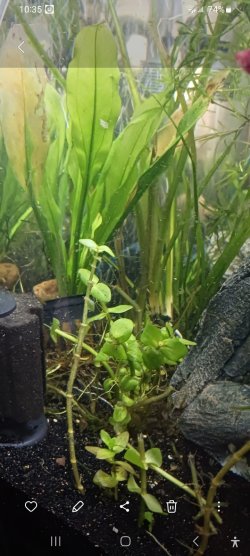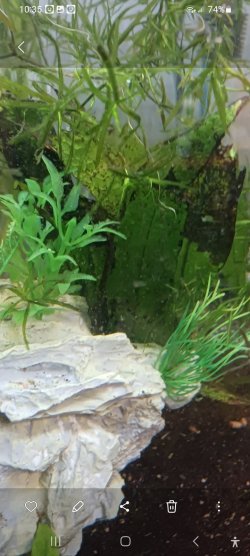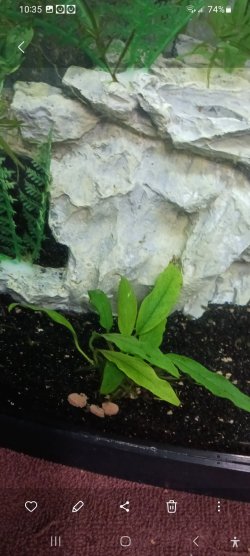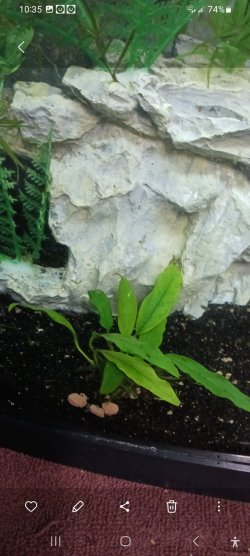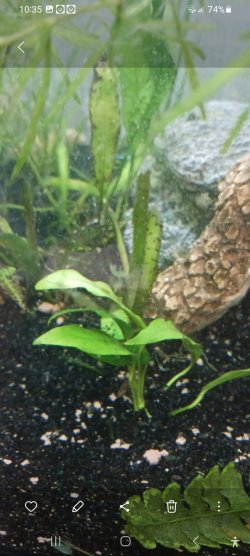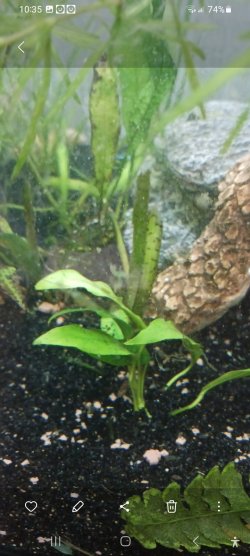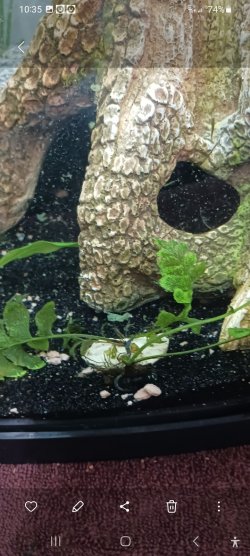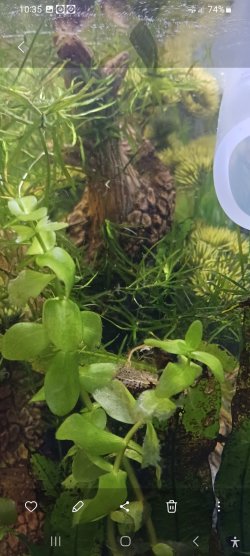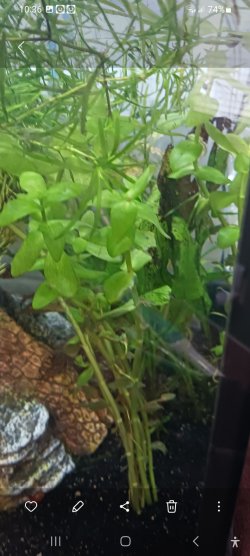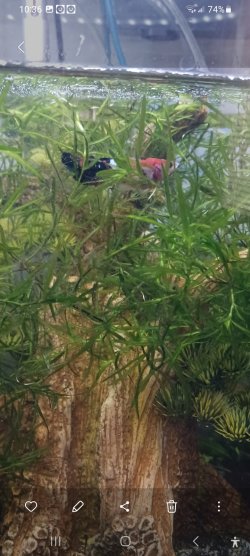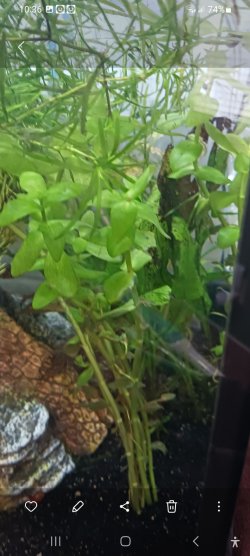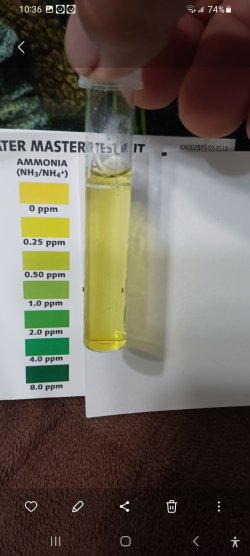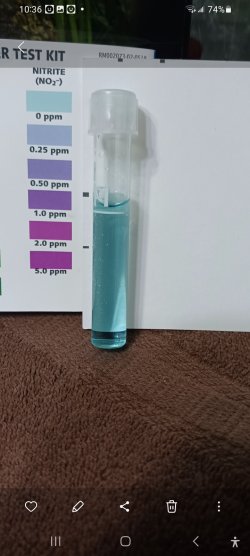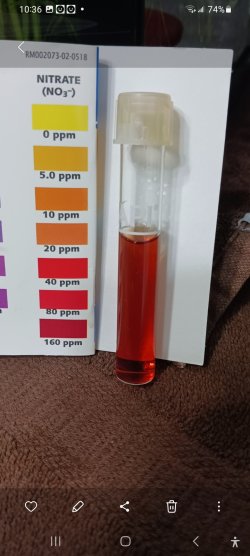Been following this for a bit. 2.5 ppm ammonia is more an indicator that the tank is not cycled, with new substrate and cleaned plants it is possible that the tank was cycled but now it is not.
I suspect things went poorly after the introduction of the soil, but then never got a chance to re-establish after this event and the subsequent changes. The bacteria grow on surfaces, not just on the filter, and most of the surfaces would have been disturbed. I also believe that most of the smaller filters really don't have enough volume to provide enough bacteria to solely depend on the filter to oxidize ammonia to nitrite then to nitrate.
If you still have fish I would do large water changes any time the ammonia gets measurable, at least 50% change and if the ammonia is greater than 0.5ppm I would change closer to 75%. This might mean daily water changes for a short time. I would feed the fish lightly and make sure I don't add anything that adds more nitrogen to the tank, ie fertilizers. I have to do this whenever I establish a grow out tank for fish fry. Keep in mind this method is only appropriate if your source water is good, if you are on a well it is possible that you have some elevated levels to start with.
Your plants can help a lot here, if you have enough light to encourage growth. They can intercept the ammonia before it gets used by the bacteria, but they need to be growing to help with this and it sounds like they have been disturbed, but if you leave them for a bit they will re-establish. I prefer to start a tank with lots plants, rather than use the fishless cycle method, seems simpler and has worked for me many times.
From all I have read, I believe you have to treat your tank as if it is a new tank now. I wish you the best of luck.




